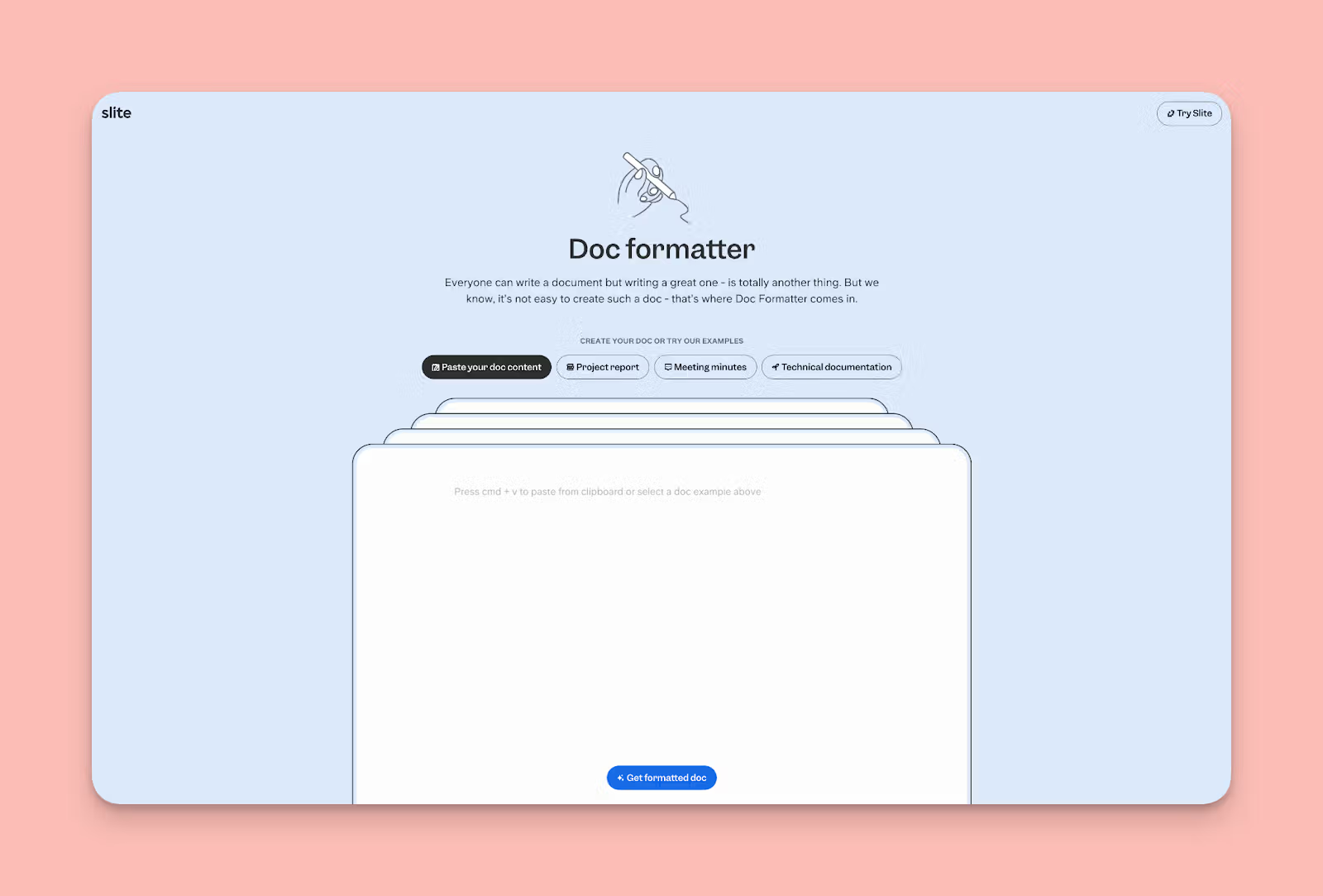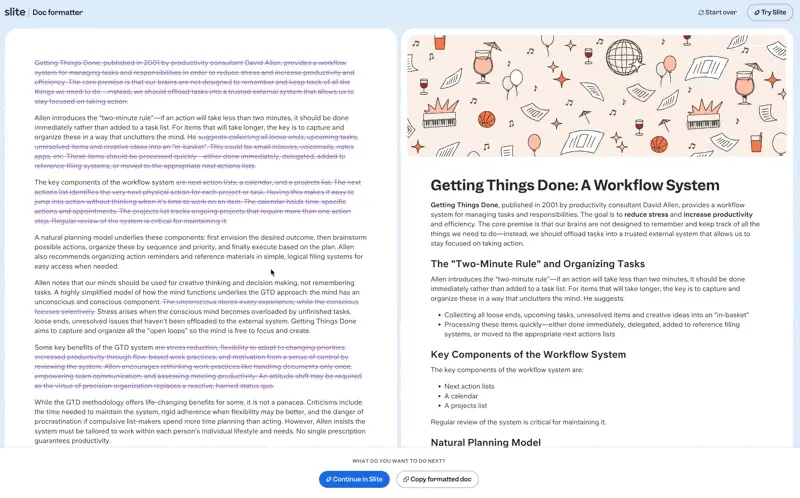Amazon creates more prolific business writers than Business Schools.
Writing at Amazon is an art, and has been since 199x. All important business conversations at Amazon. These documents will be in 1 of the 3 company-approved formats - 2 Pager, 6 Pager, PRFAQ. Since they’re written in a narrative style, the first 10 minutes of Amazon meetings are set aside for quietly reading through the memo. And using adjectives/weasel words is a big no-no. Tedious? For sure.
But it works for the company, and the employee who painstakingly writes a min. 2 pages on their new idea. Employees who embrace the writing culture, get faster promotions, become better thinkers. Some of them even go on to write prolific op-eds at leading business publications and become Linkedin thought leaders.
Last but not the least, they get promoted more often. Better communicators rise through corporate ranks faster because as you rise up the levels, the amount of communication you engage in, dramatically increases.
So, if you’re eye-ing a promotion, improve your business writing skills. Start writing better docs. Keep reading, to learn about what good business writing is, how to do it, and a free bonus AI tool that will help you, every single time.
What’s good business writing?
Good business writing conveys business ideas in the simplest way possible. Usually, business writing is verbose, chunky, and hard to read. Let alone understand.
If we were to drill down, good business writing:
- Is written in plain old simple English, no one needs to pull up the thesaurus to understand what you’re trying to say.
- Sell your team on your proposed solution.
- Answers ‘What’s wrong’, ‘How to fix it’, and ‘What I need from you to make this happen’.
Most importantly,
Good business writing makes people feel something.
Good writing ignites a dopamine flow in your brain’s reward circuitry. Bill Birchard, the brilliant book writing coach, has discovered that good business writing has the power to motivate us.
> Great writing releases opioids that turn on reward hot spots. Just like good food, a soothing bath, or an enveloping hug, well-executed prose makes us feel pleasure, which makes us want to keep reading.
\- Bill Birchard
A good self-help book motivates us to make actionable changes to our daily lives. Similarly, a good movie on love motivates us to be better partners. And just like that, effective business writing gets us to care about the business problem and motivates us to get involved in fixing it - as a team.
A step-by-step writing ritual to improve your business writing by 80%
We appreciate Amazon’s writing guidelines, but they’re a bit of an overkill. Their rules work because they’re catered to the company’s Herculean size and decision stakes.
But a small business doesn't have as much context, industry information, and the need to get it right on the first go. For them, business writing should align stakeholders on what’s next in the shortest way possible. With just enough context.
The following ritual is based on solid writing fundamentals. It can be used for writing business letters, reports, to things like press releases.
1. Assume your reader is in a hurry
9 out of 10 times, your reader will skim through your doc. At any given work day, they’re jumping between calls, stressing about their IC work, assisting each other, etc. They’re always looking for a TLDR that tells them the most information in the fewest words possible.
So do a thought experiment. What would you do if you had to pre-read a doc before a meeting starting in 5 minutes?
You’d skim the headings, read the summary section, see if it mentions you/creates a dependency on you.
Though you can’t verify it with your coworkers, they’re likely scanning your docs the same way. So before you write anything, always assume that the simpler - and shorter - you’ll make your doc - the more it’ll be read.
2. Be clear on why you’re writing it
You should be able to sum up why you’re writing a business document in 1 sentence. You should have an internal motto like this before you begin putting a doc together:
“I want to convey that there’s a [problem/opportunity] and working on it via [your idea/initiative/process] can help improve [metrics] by [ballpark % to highlight the scale]”
Either you’ve found an opportunity to do something new, or improve on something existing. For both scenarios, you need to
- Get them to care about the problem
- Sell them on the most effective solution
- Propose an action plan that preemptively tackles objections around budget, bandwidth, or resources.
3. Now, think out loud
If you’re a critical thinker with minimal writing training, you’ll love this step. Some people excel at ideating but suck at conveying their ideas. These people have a hard time writing business documentation since they’re jumping between trying to explain an idea, and then worrying about which section/format it should be in.
If that’s you, always begin with this.
- Forget about writing, spelling, grammar, etc. Make it your goal to write an incoherent doc that’s rife with substance.
- Start a new doc and word vomit. Every new point/argument you think, make it a new bullet point.
- Do it for as long as possible, at least till completing half a page.
- Go away for a walk or do something else. Come back and read through the doc. Do the points make sense? Strike out the ones that don’t. Add in some more ideas if you get inspired. You get the sense.
Once you’re done with this, you’re officially done with the thinking part of effective communication. The next part is packaging your doc into a compelling narrative, and then making it easy to read.
4. Flesh out your thoughts into simple, coherent writing
Once your thoughts are in place, restructure them into a narrative and expand on each point.
While you’re doing this, ensure that your writing is simple. This is key. All writing guides will advise you to write in a simple manner.
But what does simple writing even mean? Broadly, it means that you use short sentences, commonly-used words, and short paragraphs. There’s 3 specific rules you can follow to make your writing more ‘simple’
4.1 Maintain an 80/20 ratio of active voice and passive voice.
Educational institutes teach us to use jargon and passive voice to make the text look profound. In reality, passive voice makes sentences longer. And harder to comprehend. Cognitively, we’re biassed to understand active voice much better. That’s why, try to always write in active voice.
4.2 Be biassed towards short sentences.
Shorter sentences are easier to understand. Like these ones. When you use them in tandem with medium sentences, magic happens. It’s called rhythm.
Short sentences are ~10 words long. Medium sentences have 10-15 words. And long sentences have 20+ words.
Always try to stay around 15 words or less. You can shorten your longer sentences by removing adverbs, adjectives, substituting tough words, etc.
4.3 Strike out tough words from your vocabulary.
You’ll always be tempted to show-off the latest word/acronym you learned from your favourite newsletter. But the chances are, you can almost always use a simpler word choice to convey the same meaning.
Here’s an example.
Complex Version: "Our product leverages state-of-the-art technology to optimise the throughput and scalability of data processing frameworks, thereby significantly enhancing operational efficiencies."
Simplified Version: "We simplify ops by using the latest tech to improve the speed of data processing frameworks.”
These 3 rules alone, will fix most of your writing. And if you want to fix them, use a tool like Hemingway. It will highlight long sentences and tough words so you can fix them. Moreover, it gives you a high-level readability analysis of your content.
For example, here’s the readability analysis of the blog content till the above paragraph:

Hemingway helps you analyse your writing’s readability for free
5. Proofread it the next day
Always take 6-12 hours before editing your first draft. The time helps you review the doc from a fresh perspective. This is when you review and edit.
> I probably end up tossing out a quarter of what I write in the first draft of a book chapter. Even though I try to be pretty thoughtful about figuring out what I want to say before I write, you still have to see how concepts play on page to decide if they deserve to stay.
\- Cal Newport
While writing, we’re tapping into convergent thinking. We get carried away by our incoherent chain of thought and go off on tangents. This is still pass-able while writing fiction, essays, or explorative pieces about emerging trends. But redundant information is a sin in business writing. It wastes time and sends your coworkers off on the same useless tangents, if you don’t strike them out.
6. Optional - Add a Call To Action (CTA)
Your doc should tell every reader exactly what you expect them to do with this information. This can be in the form of next steps or suggestions but this is a crucial one.
If you’re a fast moving company looking to reduce meetings, this is a must-have. But if you’re writing docs as a beginning point of a bigger inter-department discussion, a CTA can come off as a bit rude. So, take a call.
And 5 advanced business writing tips to go from good to brilliant.
The tips from the previous section will transform your business communication. But if you want to get to the top 1% percentile of business writers in the world, do this.
Tip #1 - Minimise blanket statements and weak words.
Don't write:
"Our customer service is excellent."
Do write:
"89% of customers surveyed rate our customer service as 'very satisfied', with an average satisfaction score of 4.8 out of 5 based on over 5,000 responses. This ranks us #1 in customer satisfaction among our top 5 competitors."
Instead of the vague adjective "excellent," this example uses specific data points and percentages to back up the claim about customer service quality. Providing the context of competitor rankings also strengthens the statement with facts. This level of detail gives the reader tangible evidence rather than an ambiguous blanket statement.
Tip #2 - Anticipate objections
Don't write:
"Our new policy will be better for employees."
Do write:
"Some may think an earlier start time is less convenient. However, data shows the new 9am shift enables a more productive work environment. Employees can take advantage of quieter morning hours, and studies report a 10-15% increased output from earlier starts."
Tip #3 - Make it read like a story
Don't write:
"We updated our offerings, which customers enjoyed."
Do write:
"When focus groups voiced desire for new features, our team sprang into action. Product engineers added long-requested options A and B. Marketers created a wildly successful social campaign based on the upgrades. Within 2 months, 83% of users had tried the new features, and subscriptions increased by 20%."
Tip #4 - Go beyond words, add visuals
Don't just write:
"Our new process saves time."
Also include a flow chart of the 10-step process, highlighting where 2 redundant steps were removed.
Tip #5 - Trust someone to review your work.
All professional writers have an editor. Most book acknowledgements start with lauding the editor to put up with the writer and sculpt their piece of writing into finished pieces.
Have a peer review your docs before you send out an important one. Usually, they catch things you just can’t, no matter how good you become. Ideally, you should have extremely high respect for this person so you take their feedback seriously.
This is why most great business writing takes time. Slowness is built into the thoroughness of the process. Even if you have a killer idea already articulated in your head, you’d still need time to polish it, format it, spell check for typos, and only then, can you publish it.
So, is there a way to create great business writing in very less time?
You can use AI to transform your rough notes into business documentation because it’s a great spell checker and proofreader. There’s 2 ways to do it.
Method 1 - Use Slite’s Magical Document Formatter
Slite’s free Document Formatter transforms your notes into a coherent, easy-to-read, neatly-formatted document. Here’s how it works:
Step 1: Head to this link.

Step 2: Paste your content and click on ‘Get formatted doc’
Don’t believe it?
For this example, we asked chatGPT to create a book summary of “Getting Things Done” and here’s the result we got!

Slite’s Magical Document Formatter in action
Here’s a brief list of everything that the Magical Document Formatter does to your content:
- Gives you access to templates from the get-go for day-to-day work docs
- Fixes all types of spelling mistakes and grammar mistakes.
- Adds subheadings to your content.
- Boldens important phrases to highlight key points.
- Maintains a professional tone.
- Give your output for free in seconds. Traditionally, it would at least 20-30 minutes for most business professionals to do the kind of editing done by Magical Document Formatter in a flash.
Method 2 - Manually prompt ChatGPT to expand on your content
The second way to do it is to give chatGPT your notes and one-by-one, ask it to:
- Expand on the points
- Simplify the vocabulary and sentences
- Restructure them into a [type of document you’re preparing. Eg: A plan, proposal, etc.]
- Reformat the content to increase readability by adding paragraph breaks and headings
Pro tip: Instead of giving all the prompts in one message, give instructions one at a time. LLMs struggle with multi-step processes. They tend to forget steps here and there all the time. A better way is to give it one instruction, re-iterate till you’re happy and only then, move to the next step.
Method 3 - Use Super.work to gather comprehensive information before writing
The biggest time sink in business writing isn't the actual writing - it's finding the right information to write about. Your best insights are scattered across Slack conversations, Linear tickets, GitHub discussions, Google Drive docs, and support tickets. You end up spending 30-40% of your writing time hunting through multiple platforms instead of crafting your narrative.
Super.work solves this research bottleneck by connecting all your company tools into one AI-powered search interface. Here's how to use it for better business writing:
Step 1: Instead of opening 15+ browser tabs, ask Super natural language questions like "What were the main customer objections to our pricing change?" or "What metrics improved after the new onboarding process?"
Step 2: Get comprehensive answers with source citations from across all platforms - Slack discussions, project updates in Linear, customer feedback from support tools, and technical decisions from GitHub.
Step 3: Use these verified insights as your foundation, then apply Methods 1 or 2 to structure and polish your writing.
This approach transforms your research phase from a scattered hunt into focused intelligence gathering. You spend less time wondering "Where did I see that important discussion?" and more time crafting compelling business narratives with complete context.
At $15 per user per month, Super ensures you never miss crucial information because it's buried in the wrong tool. Book a demo to see how unified search accelerates your business writing process.
Final word - you’ll keep getting better if you practise
Mark Twain famously said, “I didn’t have time to write a short letter, so I wrote you a long one instead.” Writers live and breathe by this quote. Good writing is about taking a lot of information, making a story out of it, and then condensing it. It’s hard.
Like any other tough skill, you can improve your business writing if you practice. But unlike most other skills, there’s a compound effect. Your meetings will be lesser in number. Your coworkers will respect you more. You’ll be more critical in thinking. You’ll get more opportunities your way.
But it all starts with your simple writing habit.

